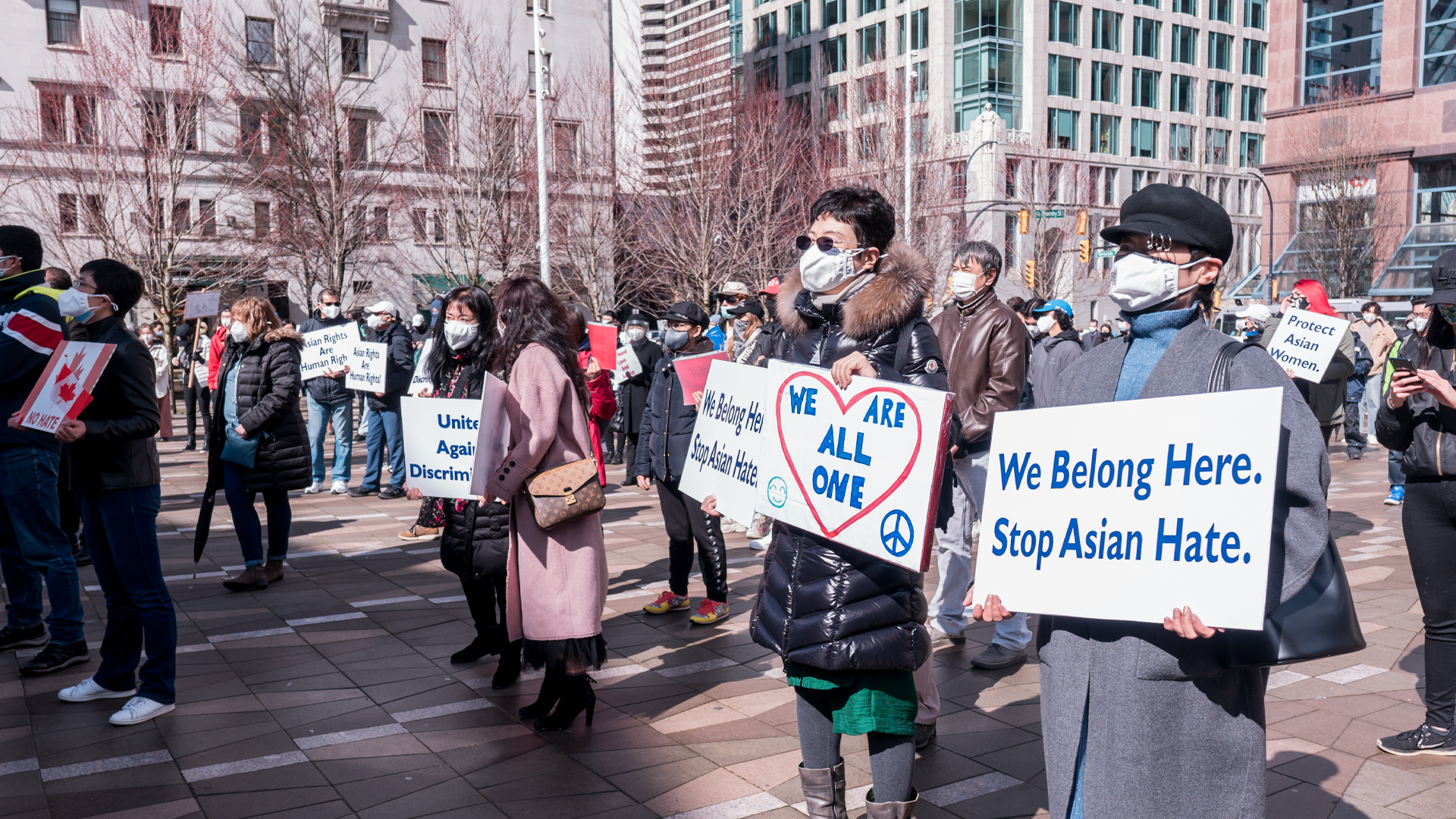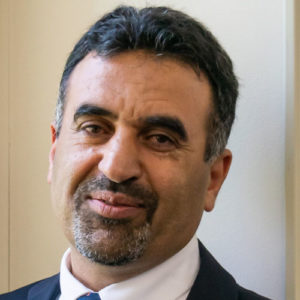
Immigration has been part of Canada’s national story since Confederation and remains the lifeblood of our society. It plays a key role in rejuvenating our population and preserving the country’s economic and social vibrancy.
Immigration accounts for almost all growth at a time when Canada’s population continues to age at an accelerated pace due to lower fertility rates and longer life expectancy. It therefore was not surprising that the federal government’s first news release of 2023 announced that the country had met its record-setting target of new permanent residents for the previous year. A few months later, and with a similar celebratory tone, Statistics Canada declared that the country had reached a new milestone: 40 million Canadians.
These major milestones must also be considered in the context of the social and economic inequalities newcomers and racialized Canadians experience. These disparities, along with changing attitudes about immigration in the face of the country’s current challenges, bring into question the robustness of Canada’s immigration policy and how to improve it.
Pollsters have started to see a change in public opinion about immigration. A Focus Canada survey last fall registered the largest single-year shift since tracking began in 1977. It cited concerns about the current housing crisis as the main reason for an increasing view that the country is taking too many immigrants.
It’s time to restore pride in post-secondary institutions and immigration
Canadian agriculture faces a worker shortage and food security crisis
The shift has refocused attention on an age-old paradox: Immigration is a solution, but immigrants are a problem.
One of the contributing factors to this contradiction is the rise of populism and the prominence in the 1990s of the Reform Party of Canada. Its attack on multiculturalism and immigration narrowed the focus of immigration policy and prioritized economic outputs over social and cultural value as the raison d’être for bringing in newcomers.
This shift gained more currency during the Conservative government of Stephen Harper. The Liberals under Justin Trudeau have failed since taking office to translate rhetoric about immigration and diversity into a new policy framework.
The social, economic and cultural consequences of this policy shift over the last 30 years have affected not only newer Canadians but the country’s economy as well.
Many racial minorities remain disadvantaged compared to white Canadians in almost every socioeconomic indicator. This inequality exposes Canada’s struggle with discrimination and racism. Scholars Keith Banting and Debra Thompson have noted that there remains a big racial disparity that defies proposed solutions. Systemic racism, they assert, was never adequately addressed in any policy frameworks. Once institutionalized, such discrimination self-perpetuates and, as a result, economic inequalities tend to persist and grow over time.
This gap also hurts productivity. Last June, Canada was ranked 18th globally by the Organization for Economic Co-operation and Development (OECD). Canadian productivity is 72 per cent of that in the United States. Productivity is a complex indicator with many factors; however, adding a labour force to the economy that works below its full capacity hurts productivity and reduces competitiveness.
A 2020 study by the Public Policy Forum think tank revealed that racialized minorities and immigrants experience greater unemployment and underemployment. Immigrants from Asia, Africa, Latin America and the Middle East fare worse than those from Europe. It listed devalued foreign credentials, lack of language skills and perceived fit with the Canadian workplace as barriers for immigrants wanting to enter the labour market.
An RBC study estimated immigrants in 2016 earned at least 10 per cent less on average than workers born in Canada – up from only 3.8 per cent in 1986. The gap was as high as 18 per cent for those 45 to 54 years old and with a university education. It also said raising immigrants to the wage and employment levels of their Canadian peers could add $50 billion in annual gross domestic product.
Culture is another area of concern. Since the adoption of the point system in assessing prospective immigrants, the demographic makeup of Canadian society has undergone major change. However, our culture has not reflected this change in significant ways. Cultural institutions and policies have had limited success in expanding the boundaries of the Canadian multicultural character.
These cultural and economic divides should provide an impetus for the government to explore new approaches to immigration.
Over 80 years ago, economist Joseph Schumpeter defined entrepreneurship as the ability to allocate existing resources to “new uses and new combinations.” The federal government could use this wisdom today to use immigration to increase productivity, enable access to new markets, drive innovation and foster cultural renewal.
Any framework for a revitalized immigration policy must include:
- A recommitment to multiculturalism: Political philosopher Will Kymlicka noted that the idea of multiculturalism adopted in 1971 was rooted in prevailing power structures and ended up reproducing many of its long-standing hierarchies and exclusions. Historian Daniel Meister, in his book The Racial Mosaic, concluded the policy was more effective in combating racism and prejudice faced by European minority groups. An updated multiculturalism policy must prioritize eliminating systemic biases such as Islamophobia and racism against Indigenous Peoples, Blacks and Asian communities.
- A stand-alone ministry for multiculturalism: It is important that multiculturalism not be part of another department or a number of disconnected programs. Such a ministry could play a key role in developing immigration and citizenship policies, as well as social and cultural programs. It could also monitor the effectiveness of such policies as they relate to equitable access to resources as well as social and economic mobility for newcomers.
- Increased engagement with diverse communities: This could be achieved by building a partnership with non-profit and charitable organizations. They could become key partners in tackling a growing unmet social need that is estimated to reach $26 billion by 2026. This partnership could be a driver for community wealth creation.
- Use of government spending power to nurture social innovation: This would improve access to capital for community-based organizations and non-profits and help create new models to grow the economy while addressing social need. Last year, the federal government launched a $755-million social finance fund, which should help the charitable and non-profit sector become more innovative and increase funding support to equity-deserving communities.
- Invest in a more inclusive cultural mosaic: The 1950 landmark Massey Commission was tasked with assessing arts and culture in Canada. Findings from a similar inquiry today could provide a blueprint for new cultural content in the 21st century and help reduce barriers and encourage diversity beyond tokenism. The result would be an inclusive and dynamic culture that celebrates and validates the experiences of all
Governments of different political persuasions have struggled to solve the paradox of the immigration question. A symptom of this failure is a stubborn fixation on quotas and numbers. Canada must acknowledge that an enduring immigration policy is one that is anchored in nation-building and celebrates immigrants as a valuable part of an expanding mosaic.









